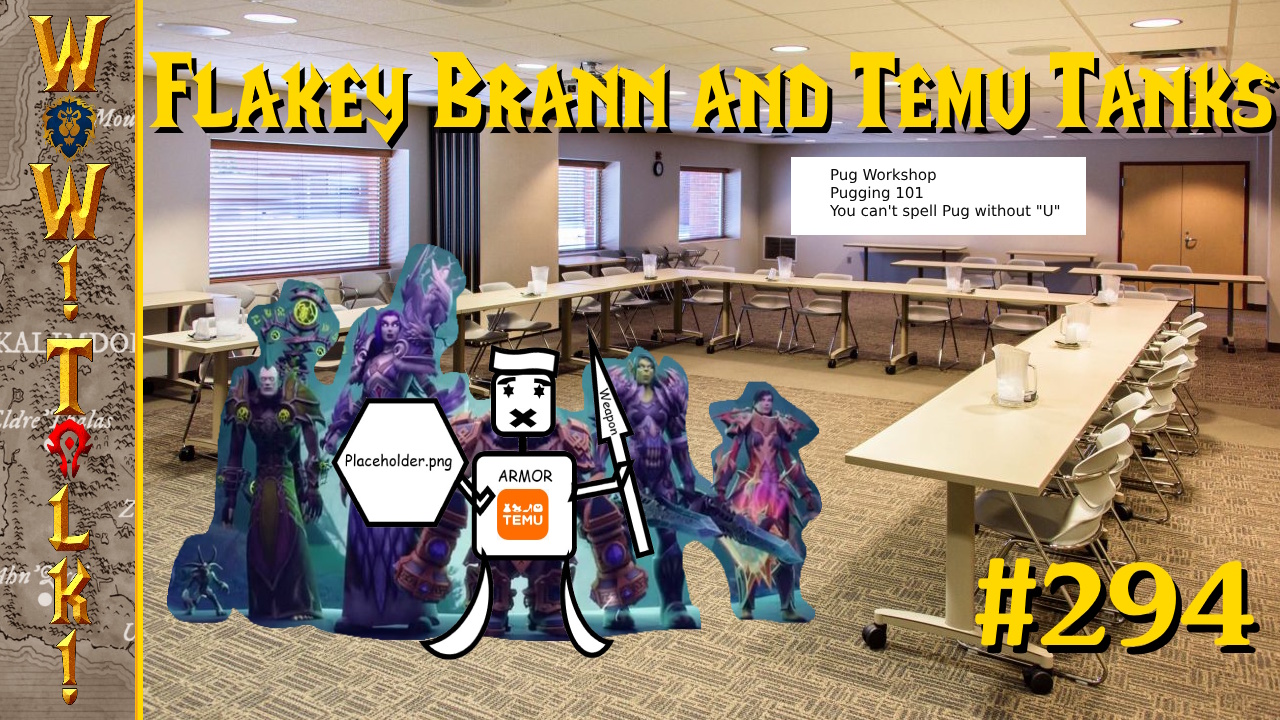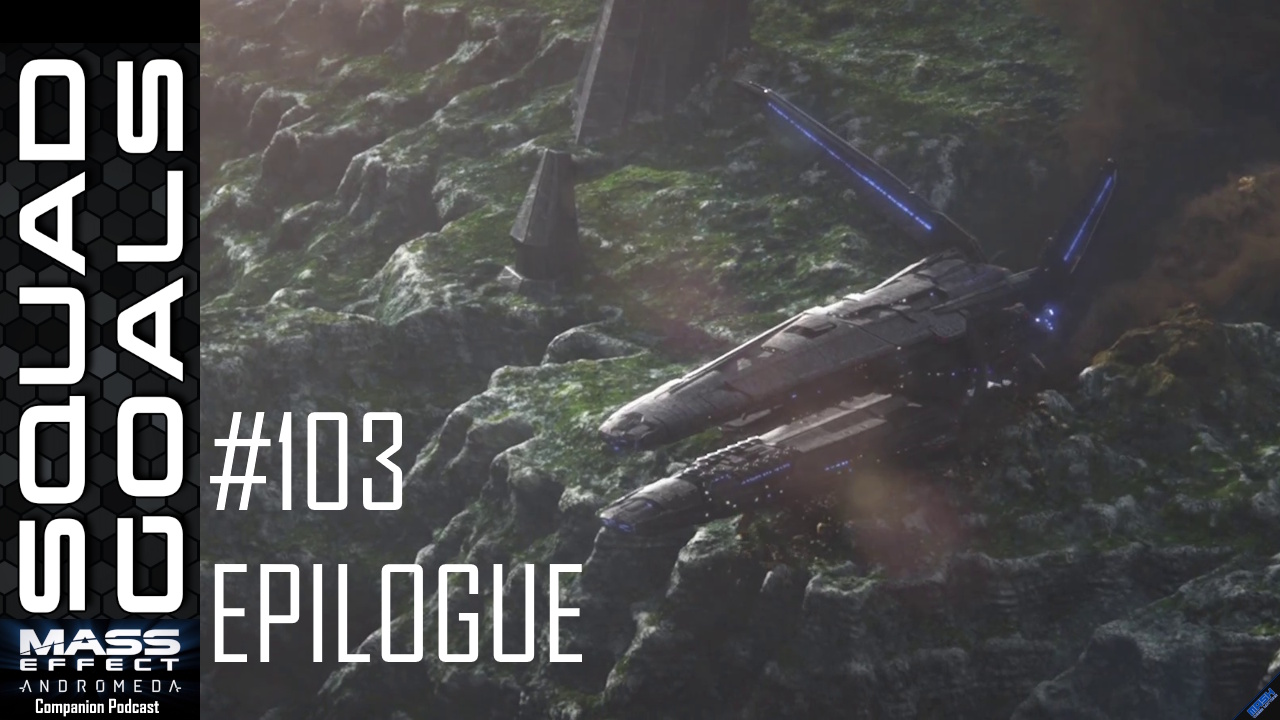
Constant C is like several different puzzle-platformer games all kicking my head in at the same time, and that’s not a bad thing. Tying momentum, gravity, and time manipulation all into an atmospheric game has made for some brain-busting puzzles — ones that will test both your reflexes and your mind. It’s a delightful mixture that starts you off so easily; leading to believe that you’ll cakewalk through the entire game, but those early successes soon become distant memories as each new victory needs to be earned. This game will test you, and only those who are sharp and quick will see what it is that happened to this dark, abandoned space station.
The game starts you off pretty light with one neat mechanic: time manipulation. It doesn’t go in-depth with it to the point that Braid does, but it doesn’t need to with the addition of the other mechanics. Time is stopped for everything in the space station except for your character and a small area around him. You can see the circle around you at all times, and when you move that circle over an item time starts up for it again. For instance, you might see a couple of blocks hovering in the air in front of you, and once you pass close to them they’ll drop. All you have to do is get close enough to them so that they fall without slamming down on your head. Sounds simple, right?
It does start off quite easy with just the time manipulation power. Really, all you do is fiddle with a few blocks and pass through some swinging doors. It’s actually got a really nice system to show you where those blocks and items are going to go when they start moving, too. There are gates in the game that only swing a certain way, and there is a green symbol that indicates which way they move to help the player. Green arrows will also appear over the blocks indicating which way they’ll fall, as some of them had momentum going in other directions besides down. That might seem a little weird, but often that momentum is your fault, and the devs could have just expected you to remember which blocks you started moving. They’re kind people who help old ladies cross the street and who don’t cheat at Battleship, though, so they helped you out.

The reason that the block may be going in a weird direction is because of the gravity manipulation power you’re given after you get comfortable with your temporal powers. The game starts you off with switches around the environment that let you turn gravity in a different direction; making the floor into the ceiling and so on. It’s not the most complex stuff at first, but then again, neither was your time manipulation power. Now, you may have to lower a block by activating its gravity until it drops into the proper position for you to land on it with a gravity switch. By this point, I was getting used to thinking of the environment in new ways, looking at every surface instead of just tracking a linear path. Still, nothing too hard, right?
It was after a few more levels that I was given the ability to manipulate gravity on my own. You can flip gravity with one button, or turn it clockwise or counterclockwise, and this power is what allows the devs to make some hard stages. Expect a little bit of difficulty in getting used to the system to begin with. It might have just been me, but I had a lot of trouble remembering which direction the game was going to turn depending on which button I pushed. Flipping gravity to the roof was never an issue, but knowing instinctively which way the level was going to turn depending on my input was actually challenging. It’s something you’d better work on, though, as the game expects you to be able to switch to the right area with near perfect timing after a couple of stages.
Now, you’ve got some real challenges, but also another trick that the game doesn’t really mention: momentum. You can change the gravity so that you start to fall, and once you’re falling switch it in a direction so that you’re sliding along the ground with the speed you’ve built up from your plunge. Using this, you can shoot yourself forward through problem areas pretty quickly, keeping your time activating powers from making many changes to the environment. You can also use it to shoot yourself across distances or to get to odd places you might have trouble reaching. Your momentum doesn’t stop you from falling when you run out of ground for long, though, so don’t expect to sneak around problem areas with it.

It seemed that as soon as I had these powers, the game decided it was time to really rock and roll. I was beating levels pretty quickly during my first hour with the game, whipping through them in a few minutes. Playing around with the gravity was fun, and even with my clumsy learning attempts with the system I was still beating the levels with ease. Once I had all my powers figured out, that ease dried right up, and I felt like I was back in the final stages of Braid all over again.
Let’s talk about the stage that almost made me grab my tower and jump off a cliff with it. I had to flip gravity to get a gate to open, turn it to one side as I moved through the gate to start falling, turn it again before I crashed into something and died, let my time power move one of two blocks that were close together, flip gravity to a different side while standing near the block, hop from said block as it fell to make my time power come in contact with another gate so it would slide open, survive my fall with the blocks…and it just goes on. This isn’t even a level that’s especially difficult when compared with some of the later levels, but the steps you need to carry out get downright complex. Constant C shows a lot of attention when it comes to its puzzle design, and expect that same quality in each stage.
The fact that I had to do these things with excellent timing only made them that much harder and satisfying. In one area, there was a collectible item hanging on a high platform, and in order to get it I had to time one of my gate activations with my landing on top of the gate as it swung open, and also give myself enough time to get to the next platform before I moved too far away from it during the gate’s swing. The sphere of time manipulation around you is big enough that you have to factor in how much an item is going to move as you try to land on it, so expect a lot of deaths from mis-timing a jump. If it sounds complex it’s because it is, but these skills will become second nature if you push yourself hard enough.

This isn’t one of those games that’s built around the modern perception that gamers should be able to eventually complete a game with persistence instead of skill. Constant C comes from the Maldita Castilla camp, where it demands a player become quite skilled with its system in order to get through it. Teaching yourself to think using every surface and possibility is challenging enough in and of itself, but adding the reflex requirement just drove its challenge even higher. It’s so good when things are going right, though, that it’s really hard to stop. Even when they’re going wrong, that restart button resets the stage within a second, so you’re right back into the action to try again.
One thing that I loved about the game was its use of every surface in order to solve a puzzle. Many, many puzzle platformers can only use a single plane to get through the stages. Linear doesn’t seem to be a good way to describe it, but left to right or right to left is the only direction you have to worry about. In Constant C, you have to look at every single surface and space, deciding if you can use them in any way to solve your puzzle. The roof, the walls, and anything else in the level is designed to have some importance to the puzzle at hand, and you have to learn to look at the game differently from most other games you may have played. It resulted in some headaches every once in a while as I was overloaded with possibilities, but soon you’ll be breaking down the puzzle into manageable chunks and twisting the game around like a pro.
Once you can do that, feel free to start going for the collectibles in the game. Many of them are in plain sight, but they always require a level of skill to collect that’s just a hair harder than the puzzle you’re in. Again, they start off easy to collect, but end up being the hardest things to get in the game. Once you collect them you get to keep them; so you can waste a life trying to pick them up without figuring out a way back, but you can’t just touch them and move on. In order to pick up a collectible you have to stand over it for a few seconds while a bar fills, so you can’t just come up with some slapdash solution and hope to barely make contact with the item. You need a solid solution and enough time to touch the item for a few seconds, something easier said than done. They’re worth collecting, though, if you want to figure out more about what happened in the space station.

Speaking of the space station, it’s a creepy place. It’s quiet and empty for the most part, filled with objects just hanging in suspended animation. You wander around this place as a tiny, fragile robot, and something about how easy it is to die loads the environment with a bit of menace. I wouldn’t go so far as to call it a horror game, but the environments are still kind of eerie to be moving around in. It’s also a little upsetting to accidentally kill your cute little robot guy, if only because you can see the scorch mark left by his every explosive death on the walls as you pass through the level.
The music adds a bit to that loneliness as well. It plays a little more quietly than it does in most other games, giving it this faint quality that moves it into the background of your mind while you play. It’s oddly relaxing for game that uses electronic sound, but there are also many more upbeat tracks that play at points as well. It’s very careful not to be too obtrusive when you’re thinking hard about how to solve a puzzle, but is still worth the time to stop and listen. There’s some really great work here, something you can hear right from the trailer before you play.
I love the look, sound, and atmosphere of the game, but they’re just all nice touches on top of a highly challenging and polished puzzle platformer. If you don’t feel that many games really test your mind and fingers, then you need to be looking in Constant C. It is brain-busting for three quarters of the game once you get going, and it gets even harder if you want to go for all the collectible nodes to see what really happened there. It’s an extremely clever game, one that International Games System Co should be quite proud of.




